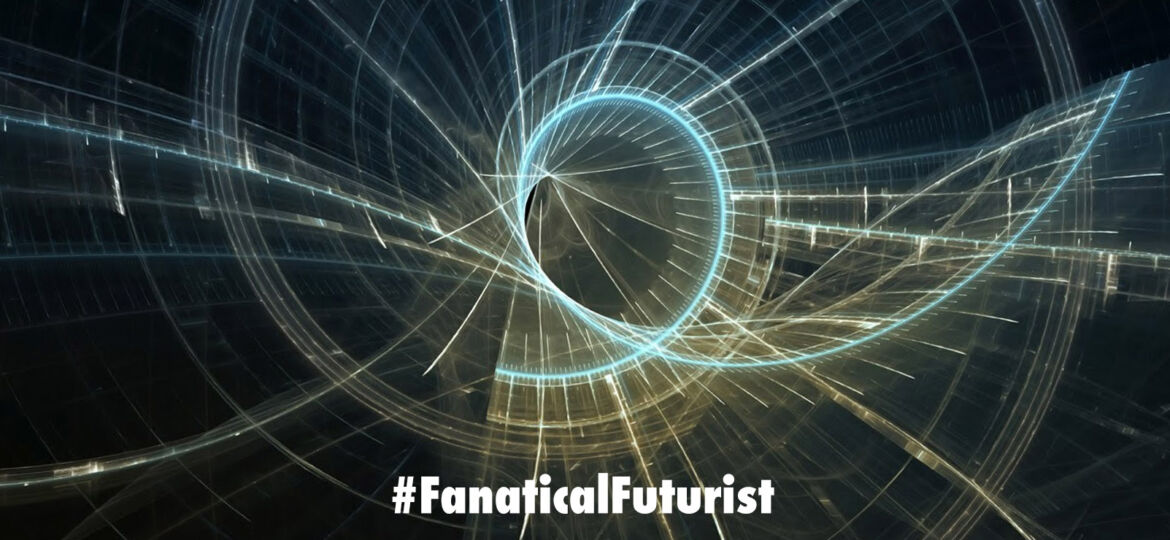
WHY THIS MATTERS IN BRIEF
Today, I talk not just about Exponential Technologies but also about Exponential Combinations, by combining Quantum Computing with Neural Networks we’d revolutionise both.
A new research project led by researchers at the Heriot-Watt University in the US aims to harness the power of quantum computers, computers that can operate over 100 million times faster than today’s computers, to build a new type of “Quantum Neural Network” that the researchers say could usher in the next generation of Artificial Intelligence (AI), and the first generation of Quantum Artificial Intelligence (QAI) – a type of AI that could have mind blowing implications for almost every industry on Earth.
“My colleagues and I instead hope to build the first dedicated neural network computer, using the latest ‘quantum’ technology rather than AI software as it’s done today,” wrote Michael Hartmann, a professor the university who’s leading the research, in a new essay for The Conversation. “By combining these two branches of computing, we hope to produce a breakthrough which leads to AI that operates at unprecedented speed, automatically making very complex decisions in a very short time.”
A neural network is a type of machine learning algorithm loosely modelled on the human brain that learns from examples in order to deal with new inputs, while quantum computers take advantage of subatomic particles that can exist in more than one state at a time to circumvent the limitations of old-fashioned binary computers that helps them operate hundreds of millions times faster than today’s traditional silicon based logical computer systems.
By combining the two, Hartmann believes, his team will be able to jump-start a new era in AI research that could manage extraordinarily complex problems like directing traffic flow for an entire city in real-time.
To date, quantum computers have struggled to solve problems that are a piece of cake for classical computers, largely because in order to get the biggest performance gains you need to use them for the right applications and customise the algorithms they’re running, but if they start to pull ahead, Hartmann and his team want to be prepared to leverage them for the next epoch of AI systems.
“To put the technology to its full use will involve creating larger devices, a process that may take ten years or more as many technical details need to be very precisely controlled to avoid computational errors,” Hartmann wrote. “But once we have shown that quantum neural networks can be more powerful than classical AI software in a real world application, it would very quickly become some of the most important technology out there.”
















